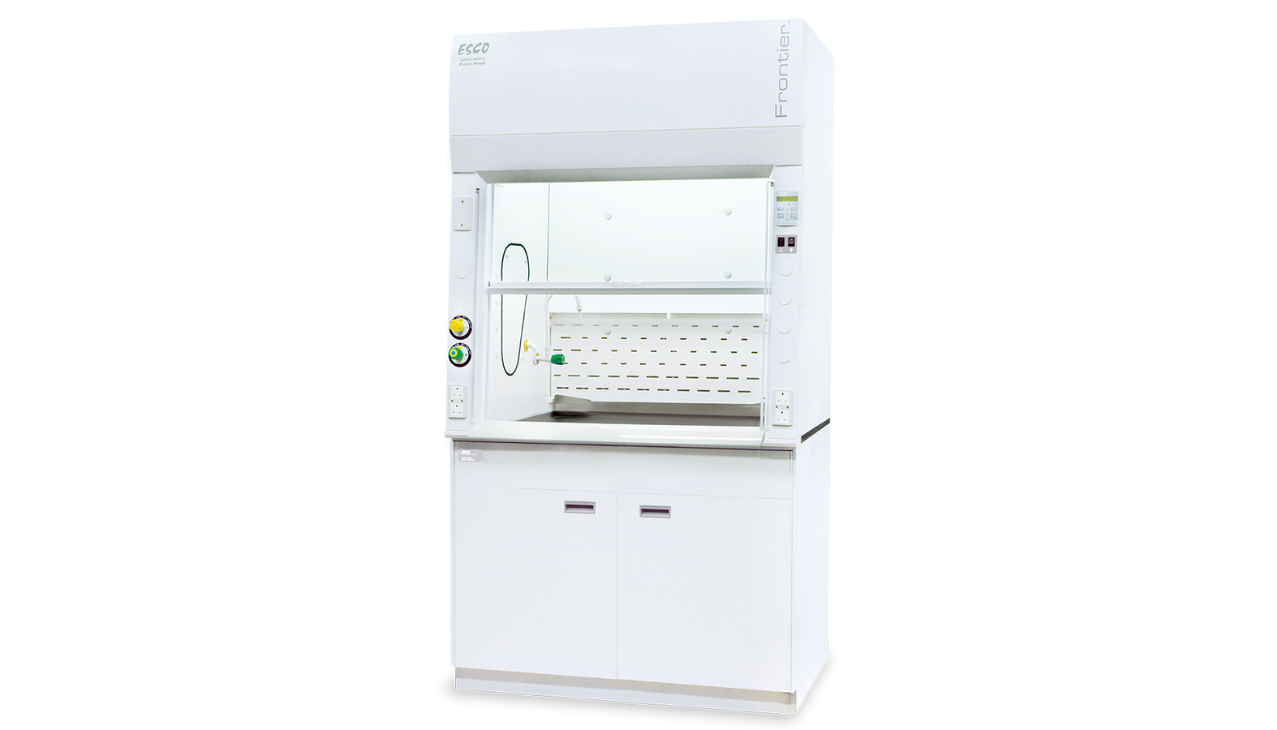
Fume Cupboards Tips in Line with Sustainability
Contact Our Sales Team for pricing or any other details on our Ducted Fume Cupboards and Recirculating Fume Cupboards.
Fume Cupboards Tips in Line with Sustainability
WolfLabs has committed to reducing Scope 1, 2, and 3 emissions by 90% by 2040 from a 2024 baseline year, using a science-based targeting approach. As many other companies look at ways they can be more sustainable, we have come up with some tips on how to run your fume cupboards more sustainably.
1. If possible, switch off both ducted and non-ducted fume cupboards when not in use.
2. Don't use fume cupboards as a storage cupboard. Materials that need ventilated storage should be stored in ventilated cupboards, not a fume cupboard. Ducted fume cupboards use up to 100x more energy than a ventilated cupboard.
3. For both types of fume cupboard, shut the sash completely when the fume cupboard is not in use. With ducted cupboards, when the sash is up it pulls room air into the hood while simultaneously pumping in reconditioned outside air. Closing the fume hood sash is a simple solution but has a huge impact.
4. Regular servicing is essential for safety. It could also save energy costs if clogged filters ducting issues are identified.
5. For ducted units, where possible, budget for Variable Air Volume (VAV). In Fume Cupboards this offers several benefits, including energy savings, improved safety, and greater control over airflow and containment. VAV systems adjust the air volume based on the specific needs of the fume cupboard, reducing energy consumption and costs. By maintaining a consistent airflow, VAV systems also help to ensure a safer working environment for laboratory personnel. Additionally, VAV systems offer greater flexibility and control, allowing for precise adjustments to airflow and containment to meet the demands of different experiments and applications.
6. For non-ducted units, consider a filter saturation alarm. This also helps both safety and energy usage.
Click Here for energy saving tips on other product categories
